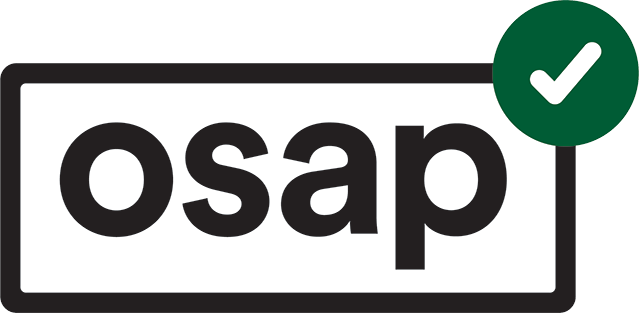To help students assess the financial risk and learn about prior student loan borrower outcomes, the Ministry of Advanced Education and Skills Development collects and publishes the following indicators by institution and program for Canada-Ontario Integrated Student Loan (COISL) recipients:
- OSAP default rates
- OSAP Repayment Assistance Plan (RAP) usage rates
- combined OSAP Repayment Assistance Plan usage and default rates
On this page you’ll find:
- an explanation on how the various rates are calculated
- complete details on the all the 2016 Ontario combined RAP usage and default rates
- OSAP default information prior to 2016
- Initiatives taken to reduce the number of OSAP defaults.

